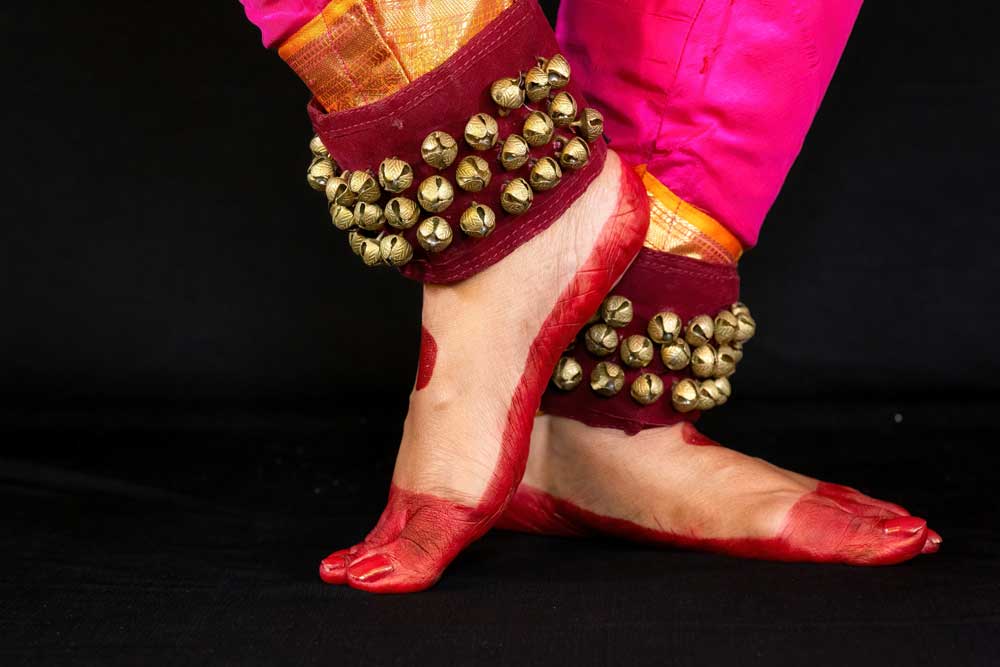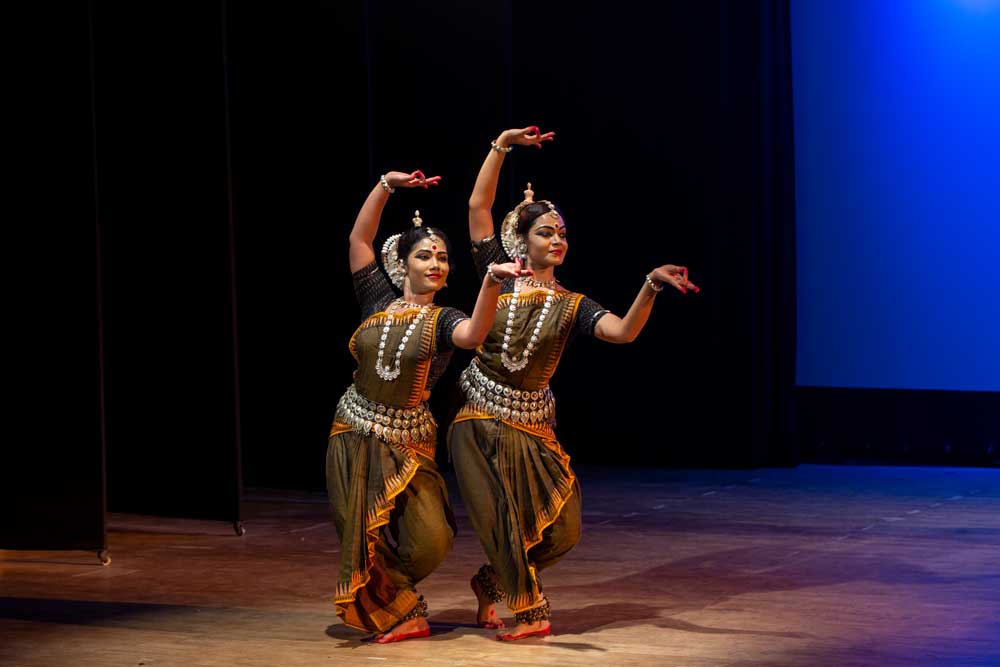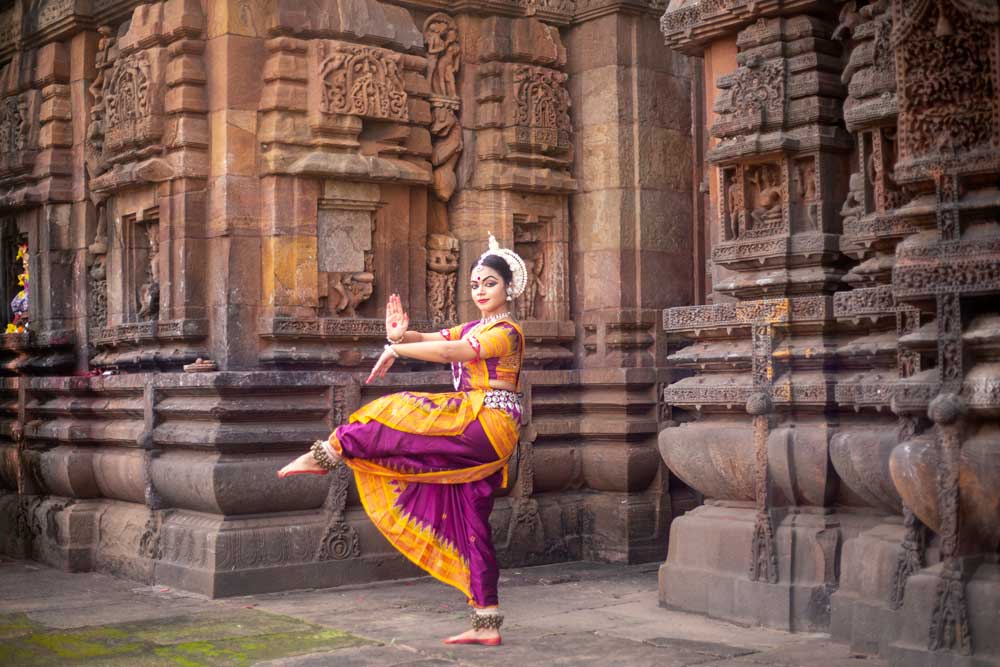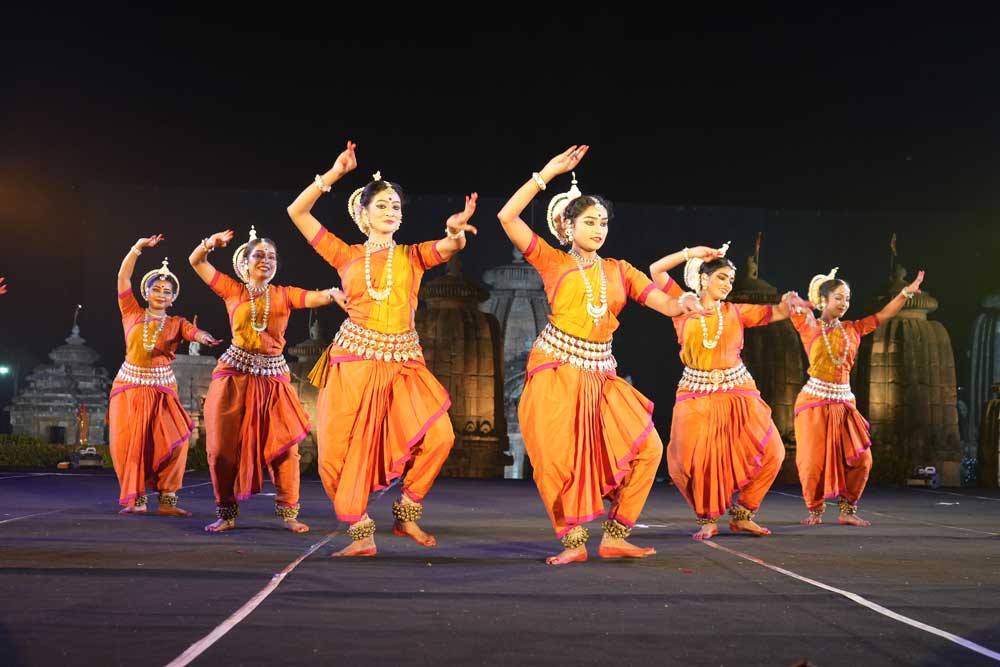India’s dance heritage is a vivid tapestry woven with spirituality, storytelling, and cultural expression. Women have been central to this tradition, preserving, transforming, and revolutionising dance across millennia. From ancient temple rituals to global stages, here’s a look at the women who changed the history of Indian dance.

Sacred Origins: Dance in Ritual and Royalty
Dance in India began as a sacred act. In temples, women known as devadasis performed ritual dances as offerings to the gods, especially in South Indian traditions like Bharatanatyam and Odissi. These performances were deeply spiritual, blending movement with devotion. Over time, dance also found patronage in royal courts, where it evolved into a refined art form. Odissi, for instance, transitioned from temple rituals to courtly entertainment during the Mughal period, incorporating both male and female traditions.
Ancient Echoes: Women in Early Dance Depictions
One of the earliest representations of dance in India is the bronze figurine from Mohenjo-Daro, dating back to around 2500 BCE. This statuette of a young woman in a dynamic pose suggests the significance of dance in ancient society. Further codification came with the Natya Shastra, a Sanskrit treatise on performing arts attributed to Bharata Muni. This text, dating between 200 BCE and 200 CE, outlines the principles of dance, drama, and music, emphasising the role of women in performance.

Pioneers of Classical Dance Forms
Women have been instrumental in shaping India's classical dance traditions:
Bharatanatyam: Rukmini Devi Arundale redefined Bharatanatyam in the 20th century, transitioning it from temple performances to the proscenium stage. She emphasised its artistic aspects, distancing it from its earlier associations and making it accessible to a broader audience.
Kathak: Sitara Devi, hailed as the "Empress of Dance," brought Kathak to global prominence. Her performances combined technical prowess with expressive storytelling, captivating audiences worldwide.
Odissi: Protima Bedi founded Nrityagram, a dance village near Bangalore, dedicated to the preservation and teaching of Odissi. Under her guidance, and later that of Surupa Sen and Bijayini Satpathy, Nrityagram became a beacon for Odissi dance, blending traditional techniques with contemporary sensibilities.

Revival and Resistance: Colonial and Post-Independence Eras
During British colonial rule, many traditional dance forms faced decline due to changing societal attitudes and lack of patronage. However, post-independence India saw a resurgence, largely driven by women:
Rani Karnaa: A Kathak maestro, she integrated the Jaipur and Lucknow gharanas, enriching the dance form's repertoire. Her contributions were recognised with the Padma Shri award.
Shovana Narayan: Balancing a career in civil services with her passion for Kathak, she brought scholarly depth to the dance, exploring its nuances and expanding its reach.

Contemporary Trailblazers: Redefining Boundaries
Modern Indian dance continues to evolve, with women artists at the forefront:
Mallika Sarabhai: A dynamic performer and activist, she uses dance to address social issues, blending Bharatanatyam and Kuchipudi with contemporary themes.
Aditi Mangaldas: Renowned for her Kathak performances, she seamlessly integrates classical techniques with modern narratives, pushing the boundaries of traditional dance.
Savitha Sastry: Breaking away from conventional themes, she crafts original stories within the Bharatanatyam framework, offering fresh perspectives and narratives.
Mythili Prakash: An Indian-American dancer, she challenges traditional norms through performances like "She's Auspicious," which deconstructs female deification and celebrates autonomy.
Mayuri Upadhya: As the artistic director of Nritarutya, she blends classical Indian dance with contemporary movements, creating innovative choreographies that resonate with modern audiences.
From sacred temple rituals to global stages, Indian dance has been profoundly shaped by the contributions of women. Their resilience, creativity, and passion have preserved traditional forms and infused them with new life, ensuring their relevance for future generations.